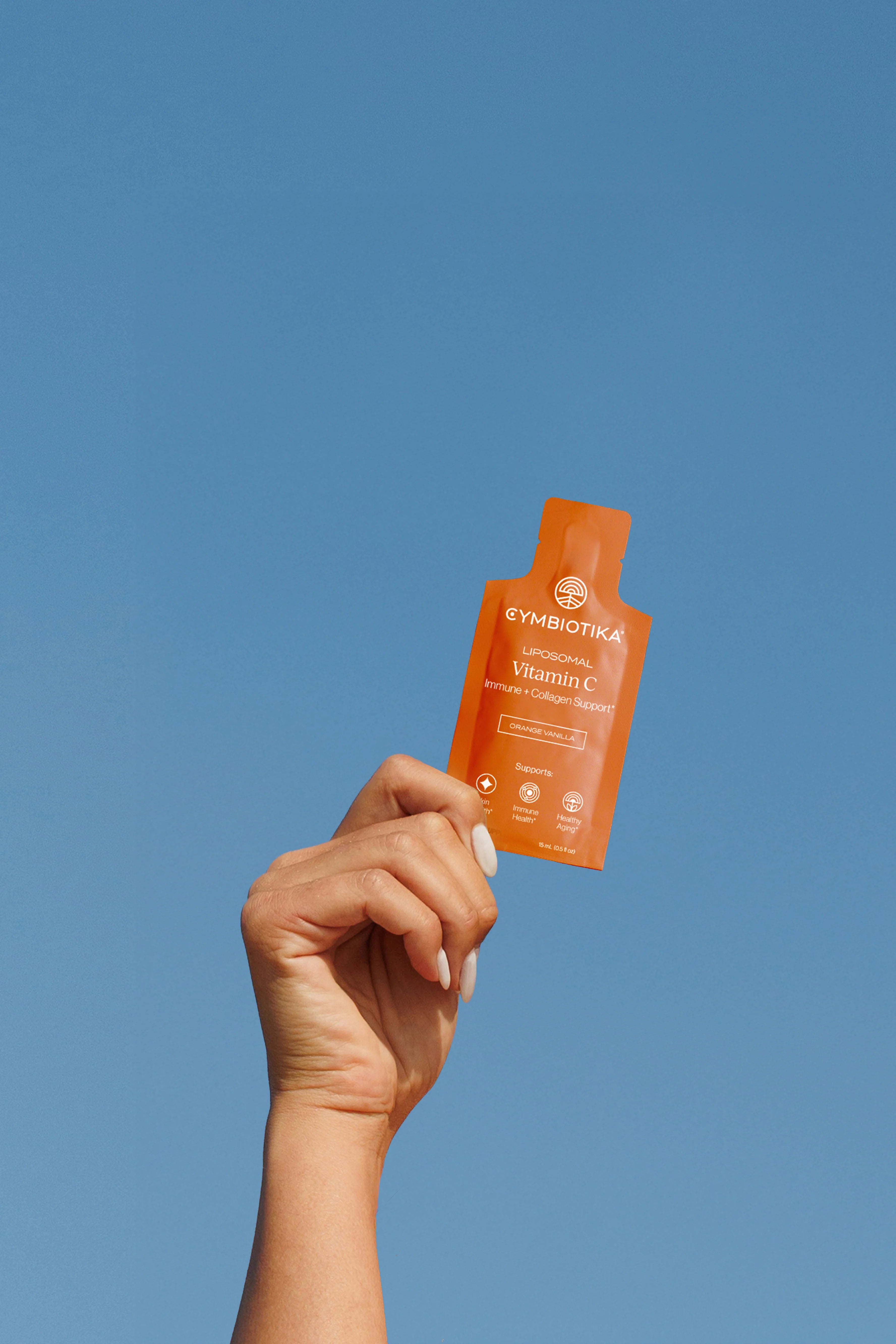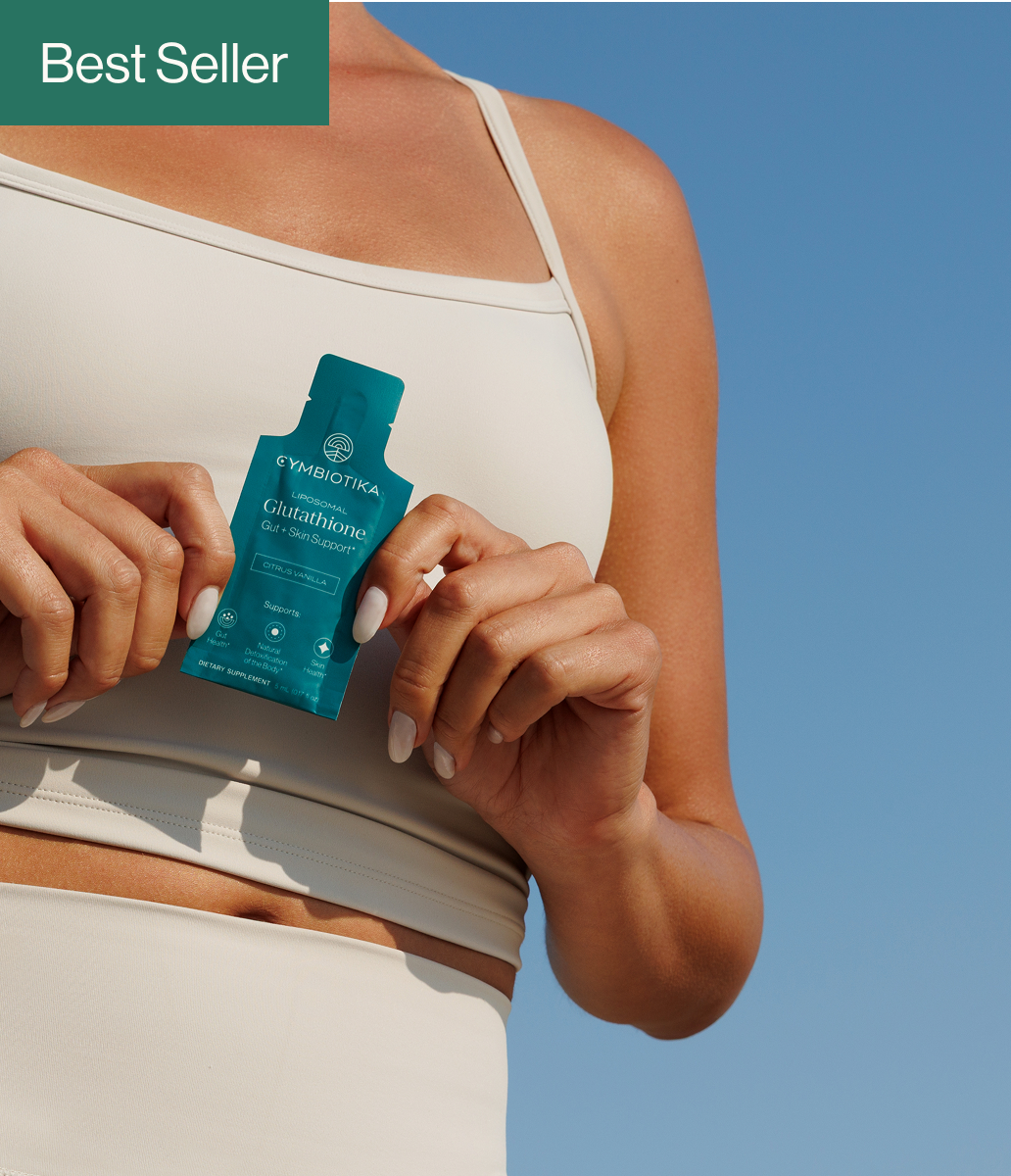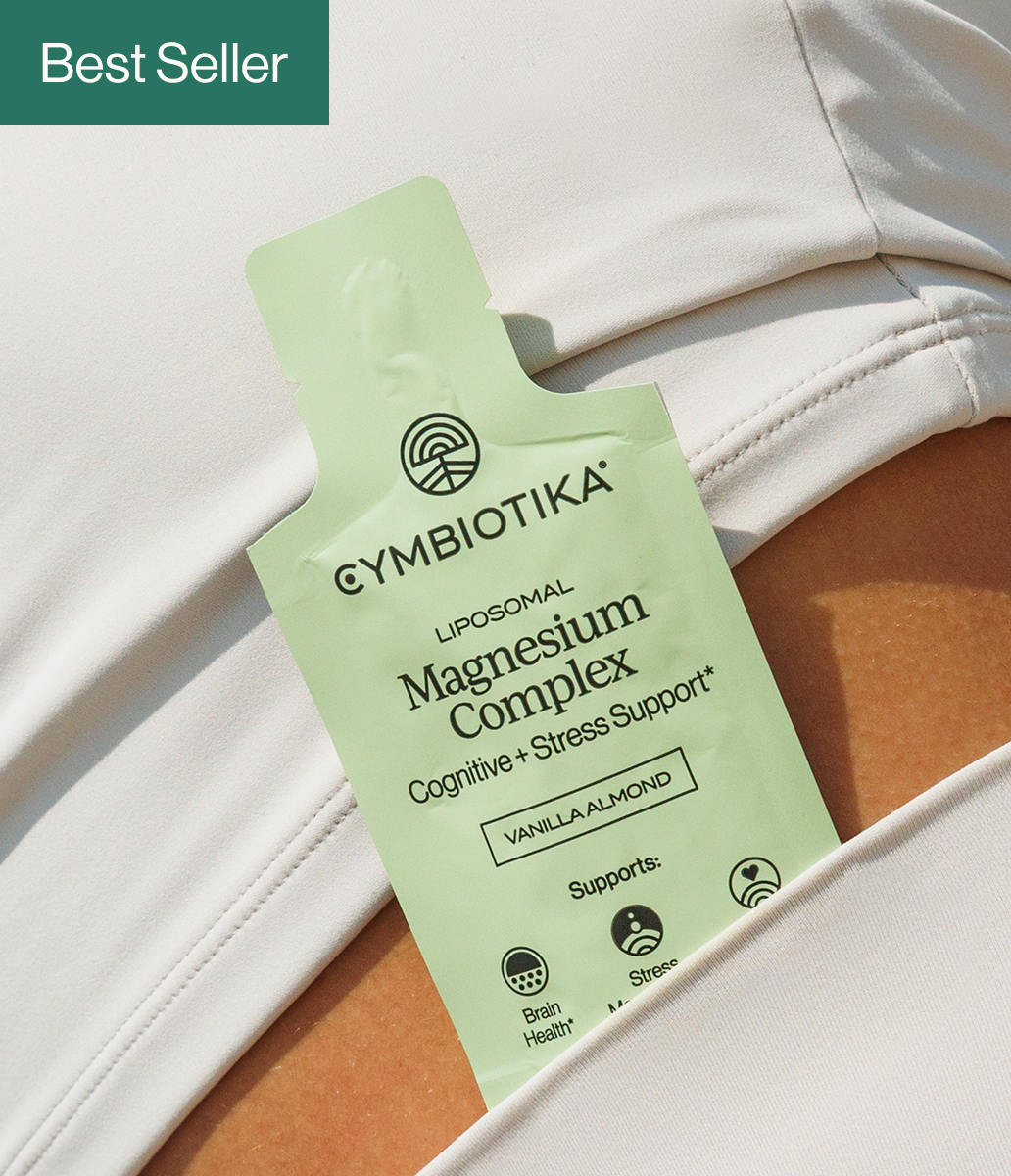Table of Contents
- The Potency of Tea Tree Oil: A Double-Edged Sword
- Safe Application Methods for Tea Tree Oil
- Potential Side Effects of Tea Tree Oil
- Alternatives to Tea Tree Oil
- Incorporating Tea Tree Oil into Your Wellness Routine
- Conclusion
Have you ever wondered why some natural remedies come with a cautionary tale? While tea tree oil is often touted for its potential benefits, a common question arises: why can't you put tea tree oil directly on skin? This inquiry is crucial for anyone looking to integrate tea tree oil into their skincare routine, as it opens the door to discussions about safety, application methods, and alternative uses.
Tea tree oil, derived from the leaves of the Melaleuca alternifolia tree, is celebrated for its antiseptic properties and has been a staple in traditional medicine for centuries. However, the very potency that makes tea tree oil appealing also makes it necessary to approach its use with caution. In this blog post, we’ll explore the reasons behind the warning against applying tea tree oil directly onto the skin, discuss safe alternatives, and provide insight into its incorporation into your wellness routine.
Together, we will examine the science behind tea tree oil, the importance of dilution, and how to effectively utilize this essential oil without compromising your skin's health. By the end of this post, you’ll have a well-rounded understanding of tea tree oil, ensuring that you can make informed decisions as you navigate your personal wellness journey.
The Potency of Tea Tree Oil: A Double-Edged Sword
Tea tree oil is renowned for its antimicrobial and anti-inflammatory properties, making it a popular choice for many individuals seeking natural remedies for skin issues. However, its concentrated nature can lead to adverse reactions when used improperly. The high concentration of active compounds, particularly terpinen-4-ol, is what gives tea tree oil its beneficial properties, but it also increases the risk of skin irritation, allergic reactions, and other side effects if applied undiluted.
Understanding Skin Sensitivity
The skin is our body's largest organ, and it possesses a delicate balance of oils, moisture, and pH levels. When we introduce a potent substance like tea tree oil directly onto the skin, we can disrupt this balance. Skin sensitivity varies among individuals; what works for one person may not work for another. Some may experience mild irritation, while others could face severe allergic reactions.
A study found that tea tree oil can cause allergic contact dermatitis in some individuals, resulting in redness, itching, and inflammation. Given these potential reactions, it is advisable to always dilute tea tree oil before applying it to the skin.
The Importance of Dilution
Diluting tea tree oil is essential to mitigate risks and enhance its safety profile. A common practice is to mix a few drops of tea tree oil with a carrier oil, such as jojoba, coconut, or almond oil. This not only reduces the concentration of the essential oil but also helps to maintain moisture levels in the skin.
A typical dilution ratio for topical application is 1-2 drops of tea tree oil per teaspoon of carrier oil. This method allows you to enjoy the benefits of tea tree oil while minimizing the risk of irritation or adverse reactions.
Safe Application Methods for Tea Tree Oil
Now that we understand the importance of dilution, let’s explore some safe application methods for tea tree oil to help you incorporate it into your skincare routine effectively.
1. Spot Treatment for Blemishes
If you're looking to use tea tree oil for treating blemishes, a diluted spot treatment can be effective. Mix tea tree oil with a carrier oil and apply it directly to the affected area using a cotton swab. This localized approach minimizes exposure to the surrounding skin, reducing the likelihood of irritation.
2. Adding to Skincare Products
Another effective way to incorporate tea tree oil into your routine is by adding it to your existing skincare products. For instance, you can mix a few drops of diluted tea tree oil into your moisturizer or serum. This allows you to benefit from its properties without applying it directly, thereby reducing the risk of irritation.
3. Bath Soaks
Tea tree oil can also be added to a warm bath for its soothing benefits. To do this safely, mix a few drops of tea tree oil with a carrier oil and then add it to your bathwater. This method allows for a more extensive application while still maintaining the dilution necessary for safe use.
4. Incorporating into Homemade Products
If you're feeling creative, consider making your own skincare products that include tea tree oil. DIY facial masks or scrubs can be customized to suit your skin type. Just remember to dilute the tea tree oil in your homemade formulations to ensure safe application.
Potential Side Effects of Tea Tree Oil
While tea tree oil is generally recognized as safe when used properly, it's essential to be aware of potential side effects. Common side effects include:
- Skin Irritation: Redness, itching, or burning sensations can occur, especially with undiluted use.
- Allergic Reactions: As mentioned earlier, some individuals may experience allergic contact dermatitis.
- Hormonal Effects: Some studies suggest that tea tree oil may have hormonal effects, particularly in prepubescent boys, leading to gynecomastia (breast development).
- Interactions with Other Products: If you’re using other active ingredients in your skincare routine, such as retinoids or alpha hydroxy acids, the combination may increase irritation.
Understanding these potential side effects can help you make informed choices about whether tea tree oil is suitable for your skincare needs.
Alternatives to Tea Tree Oil
If you find that tea tree oil is not the right fit for your skin or if you wish to explore other options, there are numerous alternatives that may provide similar benefits.
1. Lavender Essential Oil
Lavender oil is well-known for its calming properties, making it a great alternative for soothing irritated skin. It also has antifungal and antibacterial properties, which can aid in healing minor wounds and skin irritations.
2. Chamomile Oil
Chamomile oil possesses anti-inflammatory properties and is often used to calm irritated skin. It’s particularly useful for sensitive skin types and can help reduce redness and swelling.
3. Rosehip Oil
Rich in essential fatty acids and antioxidants, rosehip oil is excellent for moisturizing and promoting skin regeneration. It can also help reduce the appearance of scars and fine lines.
4. Jojoba Oil
Jojoba oil is a fantastic carrier oil that closely resembles the skin's natural sebum. It hydrates the skin without clogging pores, making it an ideal base for diluting essential oils.
Incorporating Tea Tree Oil into Your Wellness Routine
While we’ve focused on the risks and precautions surrounding the use of tea tree oil, it’s also important to highlight its potential benefits when used appropriately. Many individuals find that tea tree oil can be a valuable addition to their wellness routines when integrated safely.
Wellness Practices
At Cymbiotika, we believe that wellness starts with trust and transparency. Our approach to health includes empowering our community with high-quality, science-backed supplements and informative guidance on holistic practices.
Consider taking our AI quiz to determine which supplement might best complement your health goals. This interactive tool can help you explore products tailored to your personal needs and preferences. You can take the quiz here.
Skin Health Supplements
In addition to tea tree oil, maintaining skin health can benefit significantly from a well-rounded supplement regimen. Our collection of skin health supplements is designed to support your skin from the inside out. You can explore our offerings, which include vitamins, minerals, and plant-based ingredients that contribute to overall skin vitality. Check out our Skin Health Supplements collection for more information.
Conclusion
Navigating the world of essential oils can be both exciting and daunting. While tea tree oil holds significant potential for skin health, understanding its potency and the necessity of proper application is crucial. By diluting tea tree oil and utilizing safe application methods, we can harness its benefits while minimizing the risks.
As you explore the possibilities of integrating tea tree oil into your routine, remember that your skin is unique. It's essential to listen to your body and adjust your practices accordingly.
Together, let’s continue our journey toward wellness, armed with knowledge and supported by quality supplements.
Frequently Asked Questions (FAQ)
1. Can I use tea tree oil for acne?
Yes, tea tree oil can be effective for acne when used correctly, particularly in a diluted form. Spot treatments with a carrier oil can help manage breakouts without causing irritation.
2. How often should I use tea tree oil on my skin?
It’s advisable to start with a few times a week and observe your skin’s reaction. If irritation occurs, reduce the frequency or discontinue use.
3. What should I do if I have an allergic reaction to tea tree oil?
If you experience redness, itching, or swelling, wash the area with soap and water immediately. Consider consulting a healthcare professional if symptoms persist.
4. Is tea tree oil safe for all skin types?
While tea tree oil can be beneficial for many, those with sensitive skin or allergies should exercise caution and perform a patch test before widespread use.
5. Are there any contraindications for using tea tree oil?
Tea tree oil should be avoided by pregnant or breastfeeding women, as well as individuals with hormone-sensitive conditions. Always consult a healthcare provider before use.
By understanding the nuances of tea tree oil and embracing safe practices, we can make informed decisions that support our wellness journey.
*These statements have not been evaluated by the Food and Drug Administration. This product is not intended to diagnose, treat, cure, or prevent any disease.





















